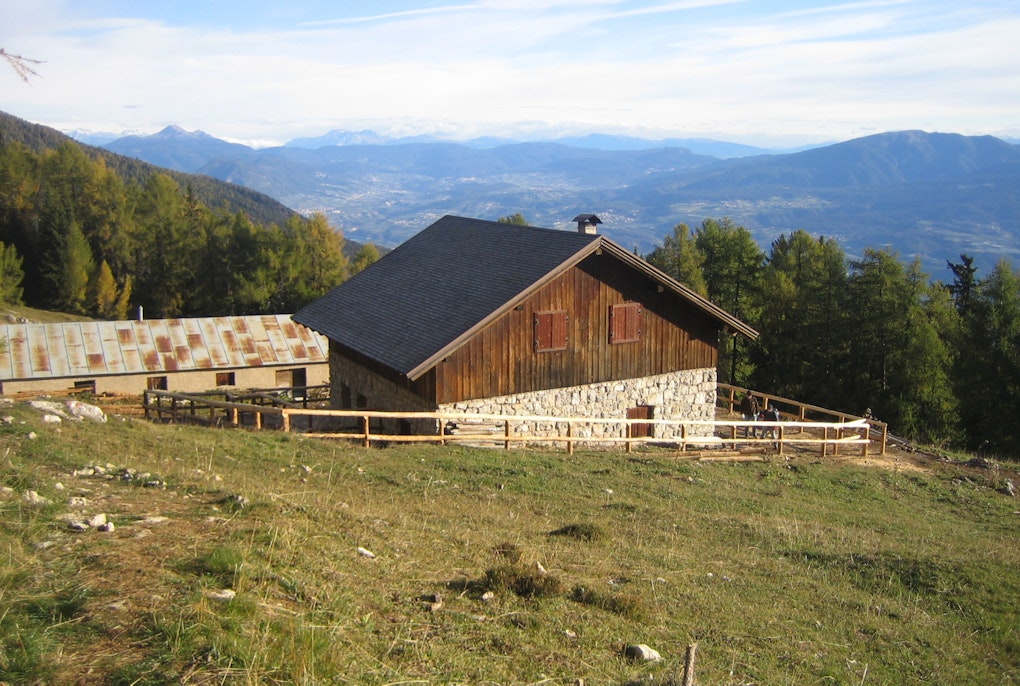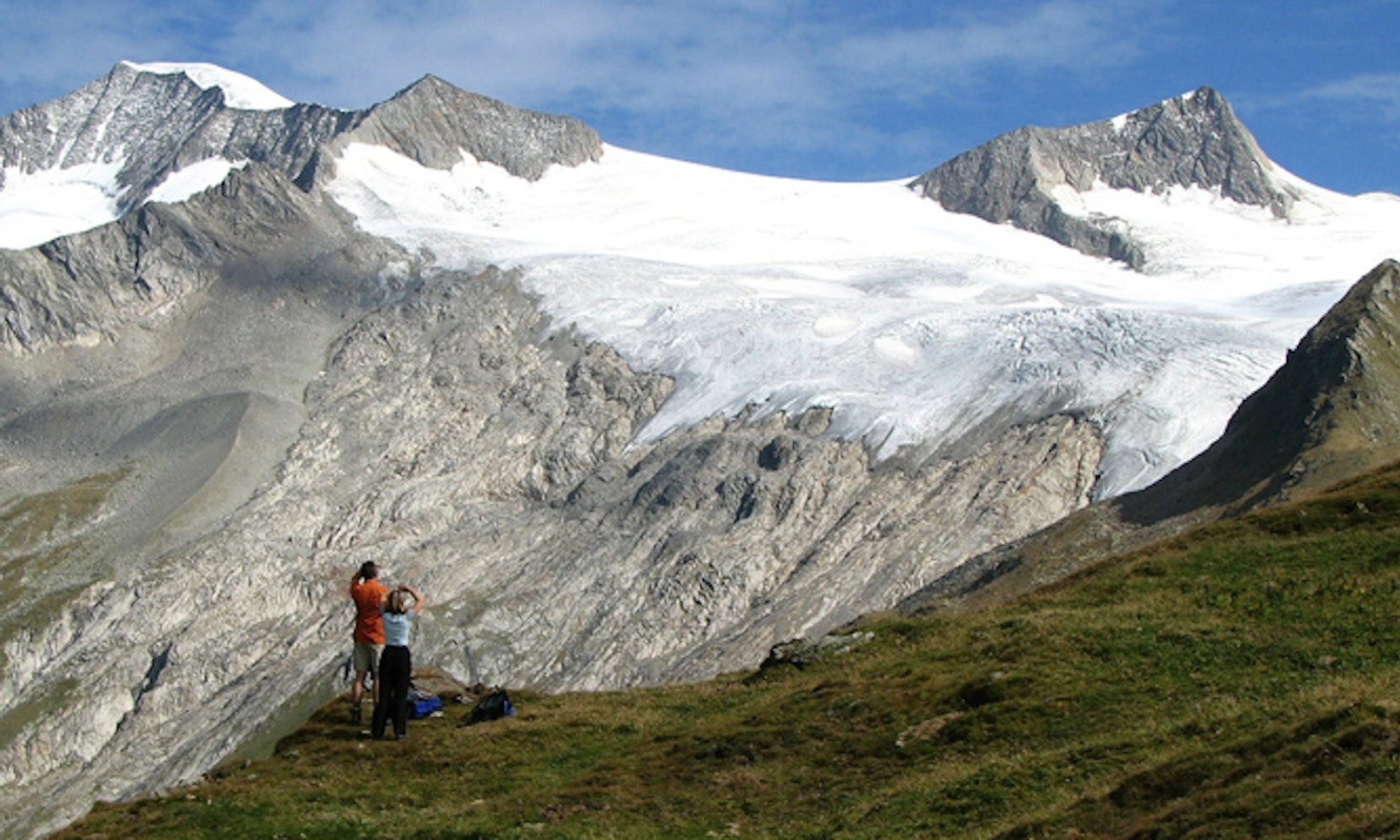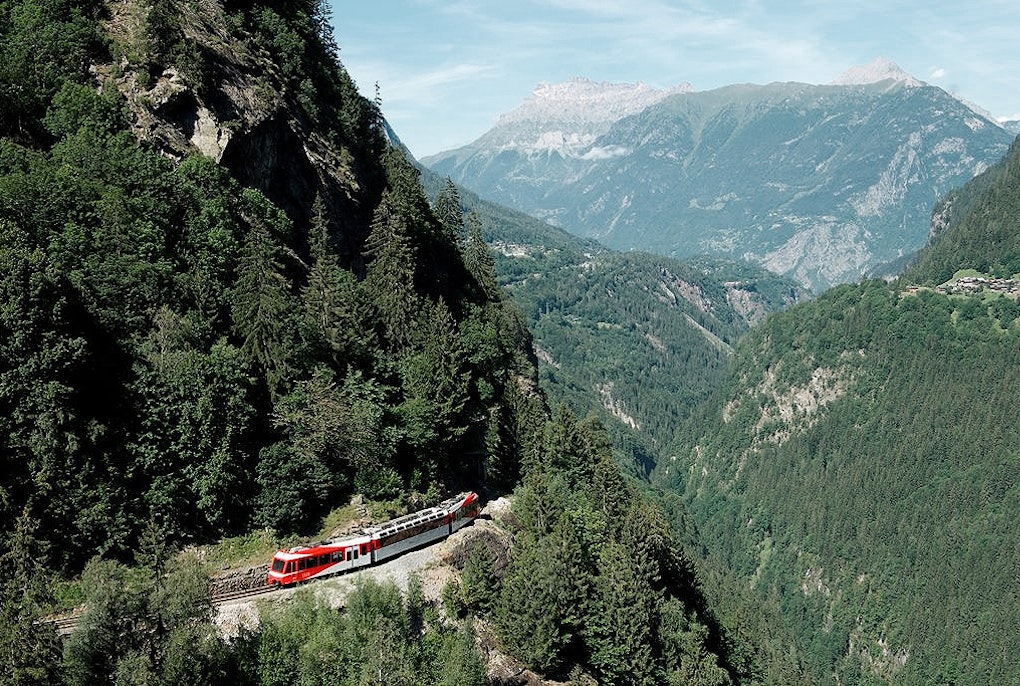
I beni comuni rurali in territorio montano: una risorsa per il futuro?
 Cristina Dalla Torre
Cristina Dalla Torre
The importance of the routes is widely known at a global, European and national level. During the “Year of the Italian Routes”, declared by the Italian Ministry of Tourism, Eurac has organized a conference with the title “Route development: Experience design on the move”, held on November 15th 2016 in Bolzano. The aim was to address multiple reflections on long trail management, and to collect good practices from the most important european routes: the Camino de Santiago, the Alpe Adria trail, the long distance bike trail Monaco-Venezia, the Via Claudia Augusta. The conference was also the final presentation of the european project SilViAlp, dedicated to the development of the Via Transalpina using digital marketing tools. 18 months of intense project work and 8 hours of exciting discussions on route management produced 10 main lessons learned for route management, in the Alps and elsewhere.
1. A route can only be studied after experiencing it
The most powerful analytical tool during the project SilViAlp was hiking itself. This helped with understanding the technical challenges of the trail, but also revealed the most attractive landscapes and the most interesting attraction points, the variety of accommodation places and culinary offers. Without the hiking experience and the evaluation of the trail through adequate indicators, there would have been no feeling for the possible organizational, managerial and technical challenges for the future.
2. There is no route without hikers
To achieve success and to ensure a good maintenance status, a route needs to be well-known and hiked. Seasons are changing, people as well. Particularly seniors have a highly flexible time budget, and the opportunity to walk along long routes during shoulder seasons is becoming bigger. An increasing effort needs to be made in terms of guaranteeing minimum services, even in shoulder seasons, especially in the most remote areas. There will be no hikers if these services are not guaranteed.
3. Senior hikers are a new, but highly complex target
Retiring baby boomers, young seniors and new-age seniors are interesting targets for route tourism: their time and economic budget is high, their interest in culture and nature, as well. But they are not a homogeneous target and, interestingly, they do not consider themselves as seniors.
4. Tourism facilities are necessary, but not enough
Good tourism facilities (comfortable accommodation, well-maintained routes) are basic requirements for hikers, especially for senior hikers. Nevertheless, the competition among routes is increasing and a good basic infrastructure is not enough to achieve success. Hikers will choose their trail based on several factors, which go far beyond the simple existence of basic infrastructure. A Unique Selling Proposition (USP) needs to be identified for the route, to achieve better market positioning. Reliable and comprehensive information is crucial to increase the perception of safety along the route, to minimise unpleasant surprises while hiking. Storytelling and integrated information can also make a difference, especially for non-package travellers.
5. Routes are not patchworks
Routes are made up of large numbers of micro-destinations, each of which is potentially willing to integrate its hotspots into the main trail’s attraction. Nevertheless, the idea to squeeze each hotspot on the route into the final tourism product would not lead to success. Analysing a route implies understanding its USP not as the arithmetic sum of local attractions, but rather as a general, all-embracing topic to describe the experience of hiking. Therefore, the creativity lies in the ability to create a new, meta-identity, that somehow comprises the local identities, but nevertheless has an outstanding value per se.
6. Transnational networks require local work
Collaboration among all the institutions, touristic organizations, private stakeholders and public bodies is crucial to keep the route alive. Only if a good territorial network is ensured, can a transnational cooperation process grow. The workshops during SilViAlp project provided excellent opportunities to stimulate the needs and interests of all sides.
7. Marketing is crucial to achieve success
The main challenge, after creating a well-structured tourism product on hiking routes is the ability to attract new hikers. A marketing plan tailored to the needs of the identified target group is therefore crucial to raise interest and spread information. If the launch of the mobile App and website are not accompanied by a good marketing strategy, the risk of ending up with an unknown trail is very high.
8. Routes are cooperation chances at the EU level
A route that crosses different EU nations is a chance to create bridges and cooperation opportunities among different cultures. Product development activity, more than on other levels of cooperation, enhances the creation of a network of stakeholders, including SMEs and encourages transnational tourism flows.
9. Success in route management requires continuity
Route management is a complex task. Not only because long routes cover a variety of territories with different cultures, languages and organizational settings, but also because the challenge of keeping these complex networks alive is based on collective will, on effective governance systems, and on transnational funding capacity.
10. The Via Transalpina is a model for other trails
The analytical and product development methods encountered in SilViAlp are both worth implementing in other trails. The analytical part, based on hiking, assessing the trail through standard indicators, stakeholder involvement, and ending with the SWOT analysis of the route, provided a first draft of the development opportunities for the route and the challenges to be faced. The product development part, based on the creation of smaller trail units, thematic offers and longer sections, led to the draft of a business model which can be transferred elsewhere.
Authors: Isidoro De Bortoli and Anna Scuttari
Useful links
This content is licensed under a Creative Commons Attribution 4.0 International license.

 Cristina Dalla Torre
Cristina Dalla Torre
 Jutta Staffler
Jutta Staffler
 Alberto Dianin
Alberto Dianin